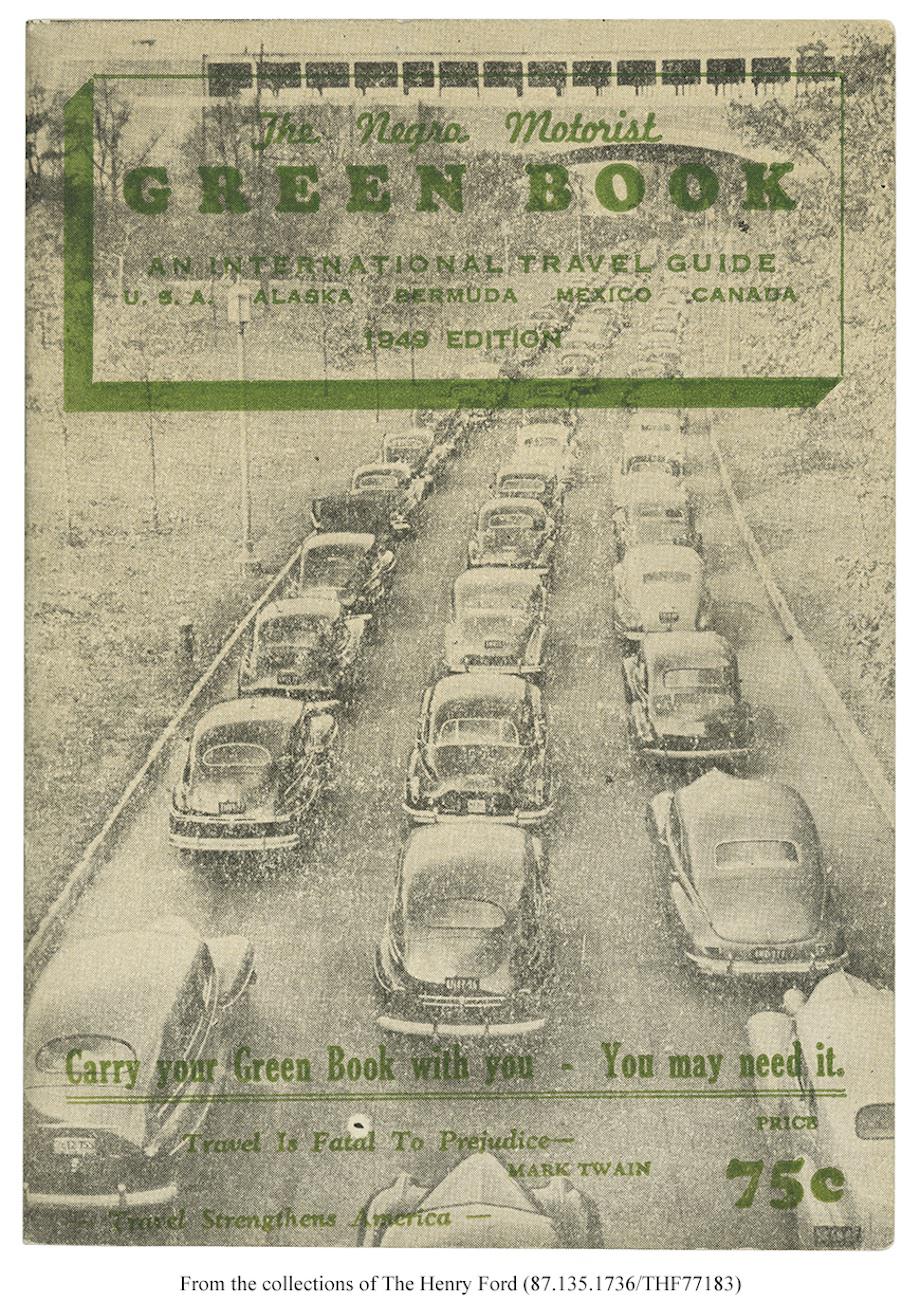The Vault is Slate’s new history blog. Like us on Facebook; follow us on Twitter @slatevault; find us on Tumblr. Find out more about what this space is all about here.
The Negro Motorist Green Book was a guide that helped African-American travelers identify friendly hotels, restaurants, and mechanics when they were on the road. Harlem postal employee and publisher Victor H. Green published the Book annually from 1936 to 1964.
As historian Cotton Seiler points out, the Green Book flourished during a time when cars were getting cheaper, and travel by automobile was becoming more common. For black drivers, however, freedom of the road had its limits. These travelers had to navigate segregated accommodations, couldn’t join AAA, and received disproportionate levels of attention from the police and local racists.
This 1949 edition of the Green Book contained a message from an outreach representative of Esso Standard Oil; a feature story on Robbins, Ill. (a town “OWNED AND OPERATED BY NEGROES”); and listings of friendly businesses by state. (You can read a full PDF here.)
Green wrote in his introduction to this edition: “There will be a day sometime in the near future when this guide will not have to be published…It will be a great day for us to suspend this publication for then we can go wherever we please, and without embarrassment.” And indeed, soon after the passage of the Civil Rights Act, the Green Book ceased publication.
Architectural historian Jennifer Reut is mapping the locations of the businesses represented in the Green Book. She’s collecting stories related to the publication, and to African-American automobile travel during Jim Crow, here.
